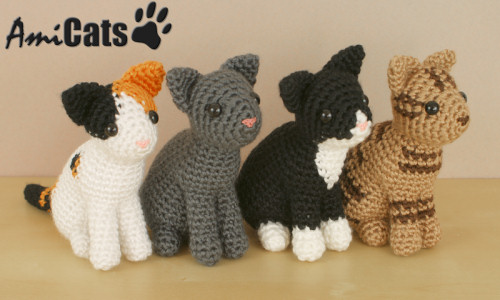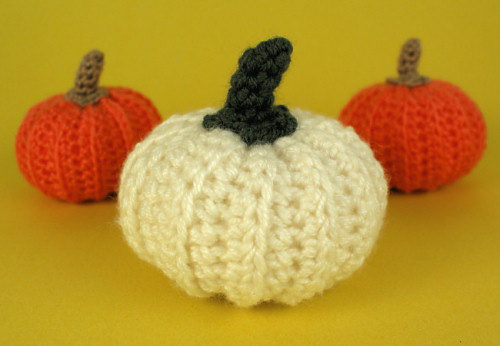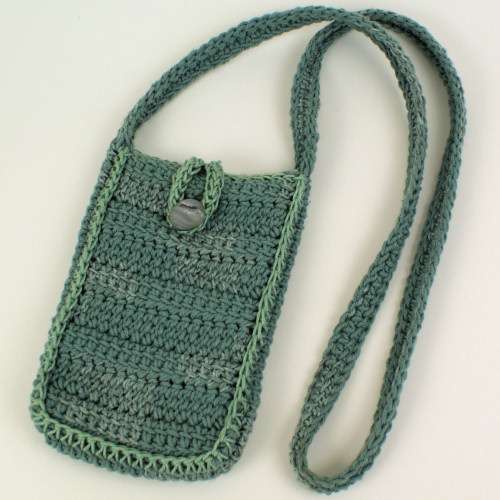
Ready to buy? You can find all the AmiCats patterns here! I’ve been working on a collection of cat patterns for years now, as a companion to my large collection of AmiDogs designs (21 and counting). Cats are one of my favourite animals, but one of the most difficult to depict realistically, and I didn’t want […]






















